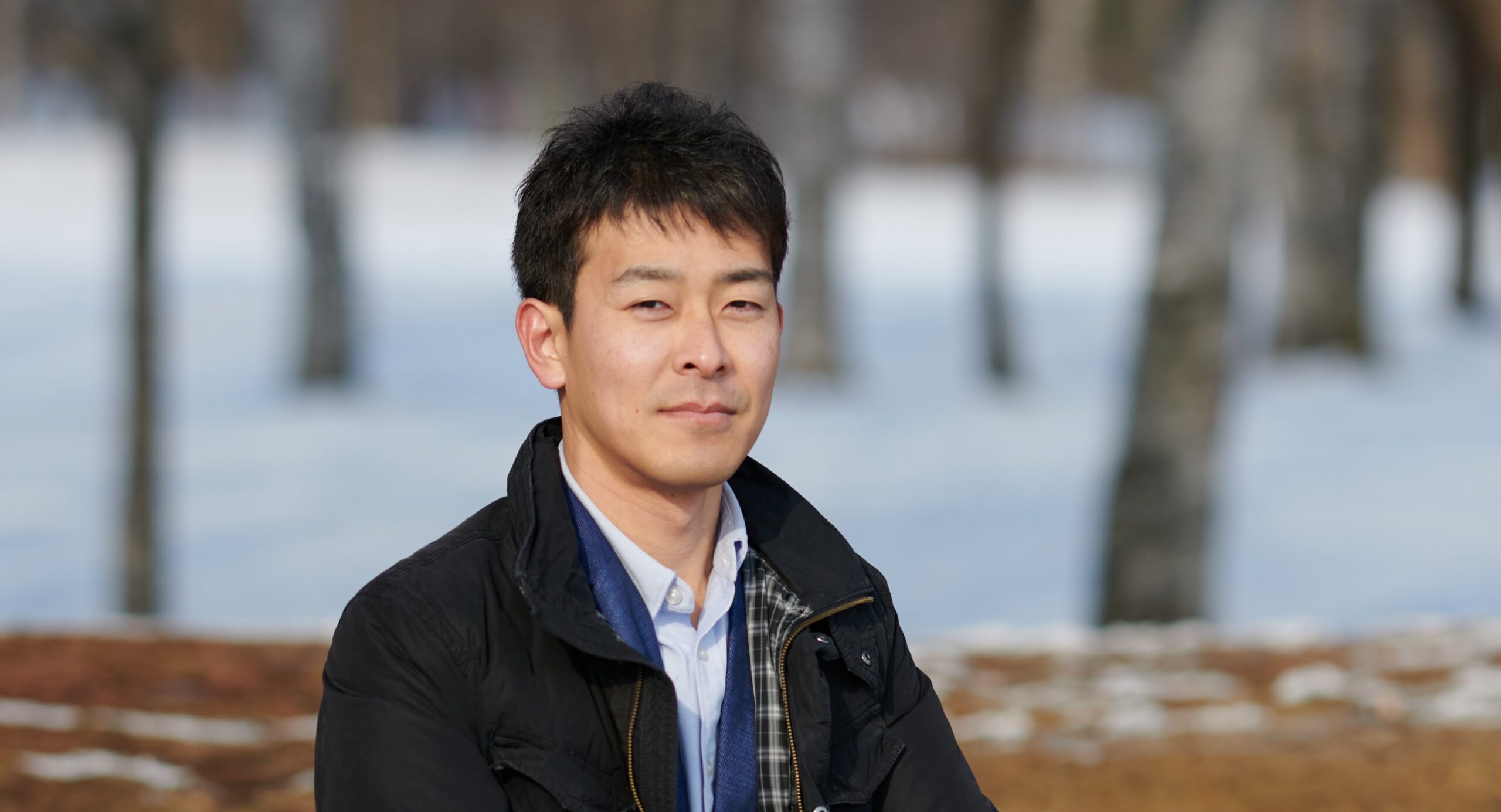NAKASHIMA Naohisa Assistant Professor
My DreamCreating robust farming communities in harmony with nature and ecosystems.
ThemeUse an engineering approach to understand the relationship between human activities and ecosystems.
Field
Keyword
Instructable research topic for doctoral thesis
- カエル鳴き声のノイズ処理と最適学習法の開発
- 市民科学データを併用した外来カエルの生息分布予測モデリング
- キタサンショウウオの非繁殖期の生活史解明
- 昭和30年代の全国魚類分布のモデリングと江戸期への拡張
- 分校放射計と衛星光学データを用いたクロロフィル蛍光の推定
- ソルガム葉面積指数の推定方法の開発
Message
2021年の5月に着任しました。広大な北海道の地の利を活かして何ができるか挑戦中です。
生き物のフィールド調査は体力・精神共にとても大変です。ほかにも、多くの文献を読んだり、データ解析を延々したりと机上作業も多くこなさなければいけません。しかし,複雑な自然現象が理論やモデルで説明できることを確認できた時の興奮は研究ならではの喜びです。「研究」という営みにどっぷりと浸かれる最後のチャンスかもしれません。ぜひ精一杯やってください。
私の研究室では学生同士の調査の協力が必要不可欠です。他人の調査を手伝うことに積極的な人が合っていると思います。相談事があれば気軽に扉を叩いてください。
| Academic degree | D.Agr. |
| License | Professional Engineer trainee, Land Surveyor trainee |
| Self introduction |
I hail from Fukuoka and have been engaged in engineering research and work. However, I left my job to pursue a degree in ecological engineering. I'm involved in agricultural civil engineering, and as part of that, I'm researching the wildlife that inhabits our farmlands and rural communities. |
| Room address | General Research Building I |
| Room number | N1302-6 |
| Mail address | nnakashima  obihiro.ac.jp
obihiro.ac.jp |
Belongs
Research Department/Department of Agro-environmental Science/Division of Environmental and Agricultural Engineering/Section of Environmental and Agricultural EngineeringIntroduction
Japan's ecosystems are globally recognized as hotspots of biodiversity. The rich ecosystems of Japan are supported by the rural and agricultural environments that our forebears have cultivated and protected. These ecosystems are not just primal nature; they have been enriched by human intervention, creating a balance between human commercial activities and the survival of flora and fauna.
However, the once harmonious coexistence between humans and wildlife has, unfortunately, turned adversarial in many cases. Farmers and engineers working in the field lack clear standards for protecting these ecosystems. Therefore, there is a need to re-evaluate the habitats of living organisms in both space and time.
We aim to clarify the long-term relationship between wildlife habitats and the environment on a broad scale. To cover large areas, we employ efficient survey approaches such as IoT technology and remote sensing. For long-term studies, we are considering the use of citizen science data and other applications.
Focusing on rural communities, we will reveal the reality of the wildlife living there and conduct research to explore once again the path to coexistence with us.
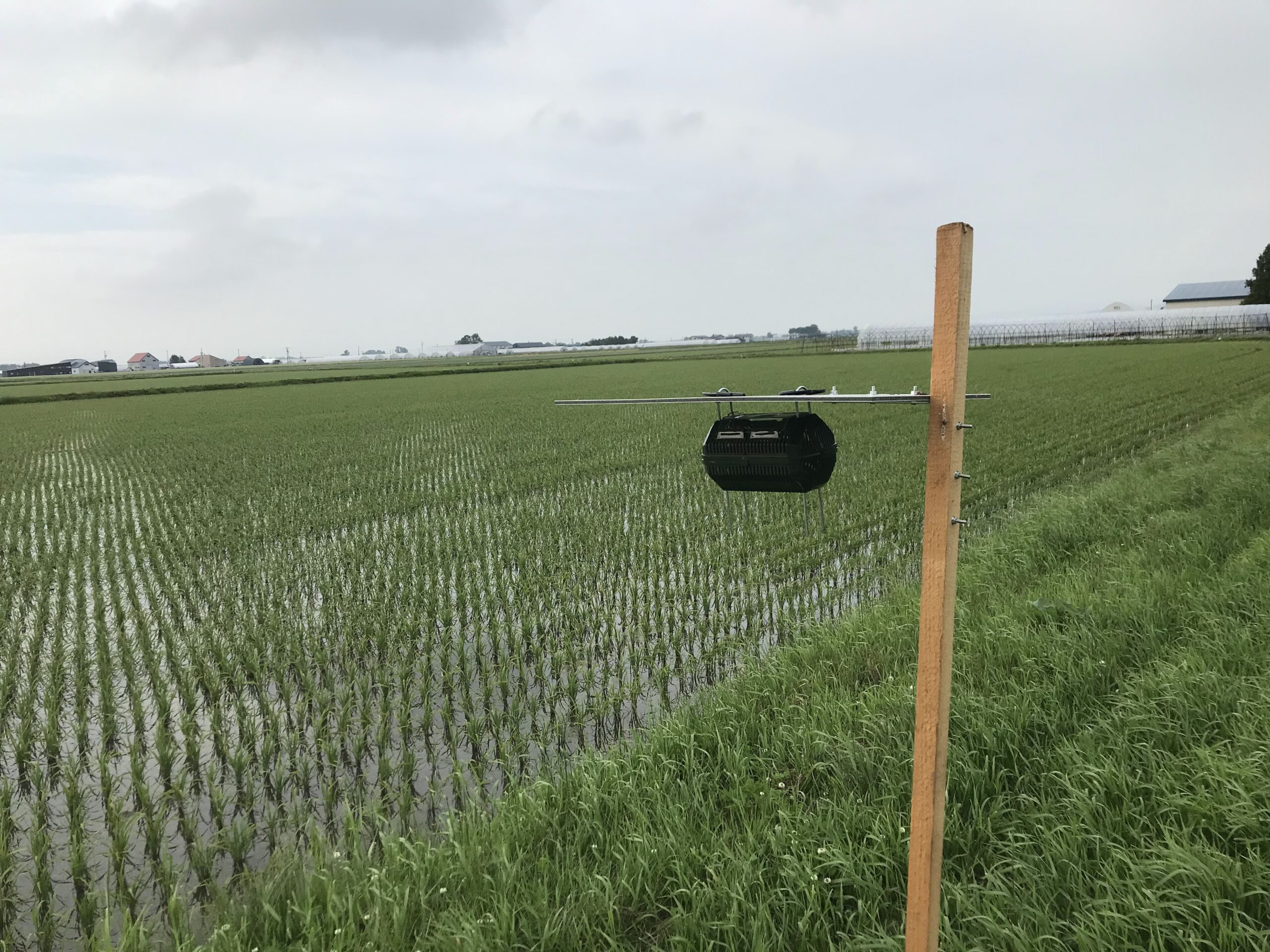
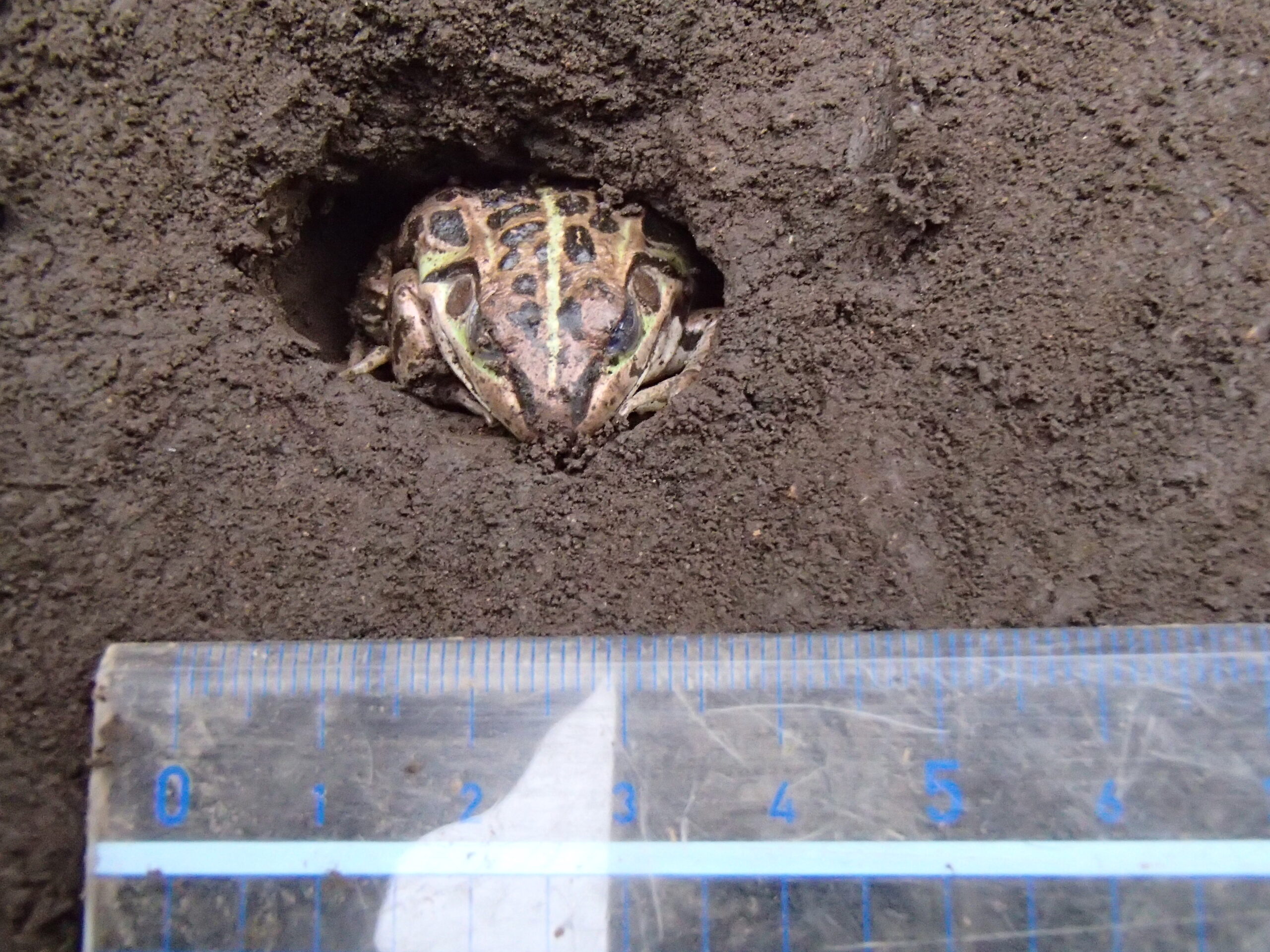
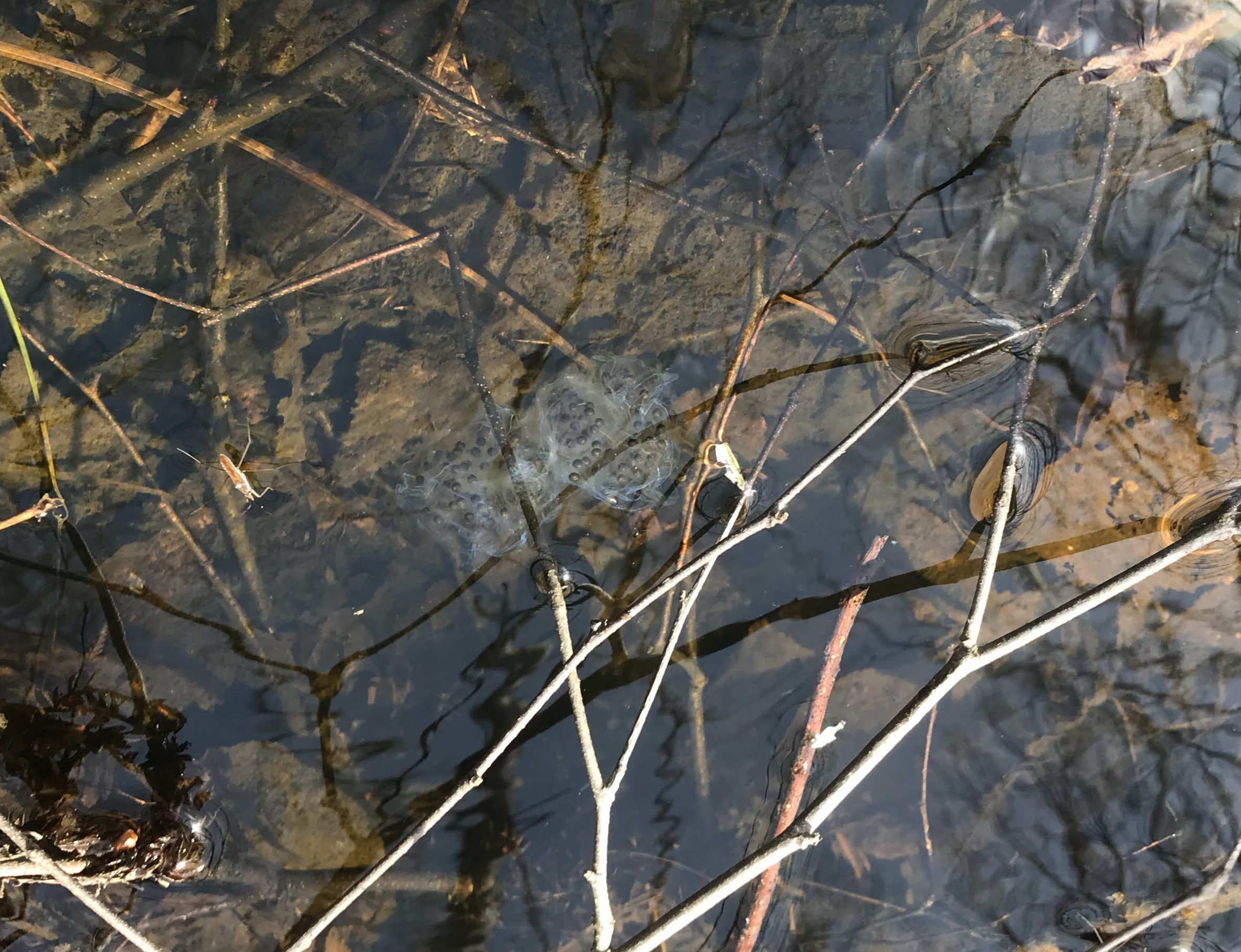
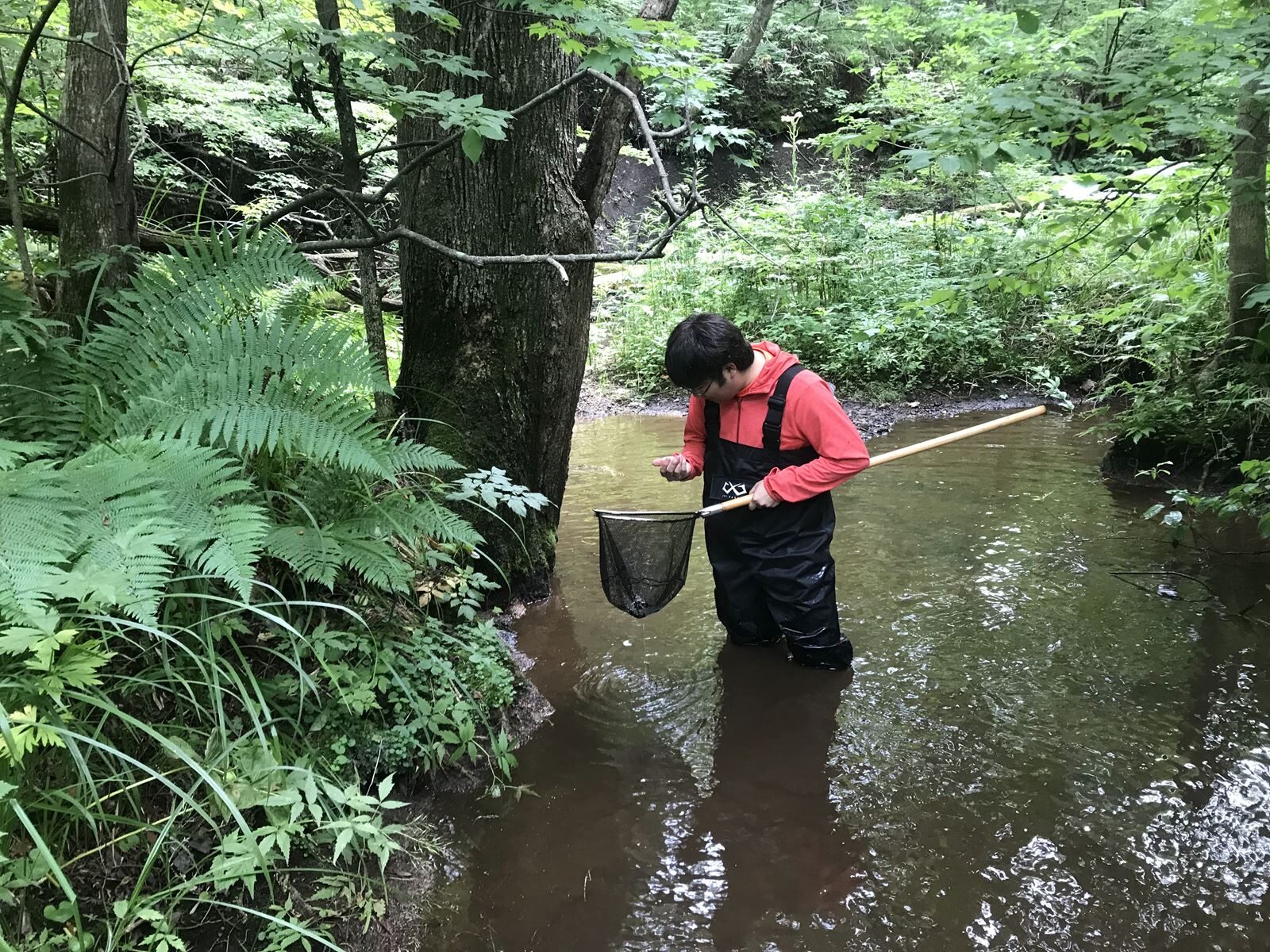
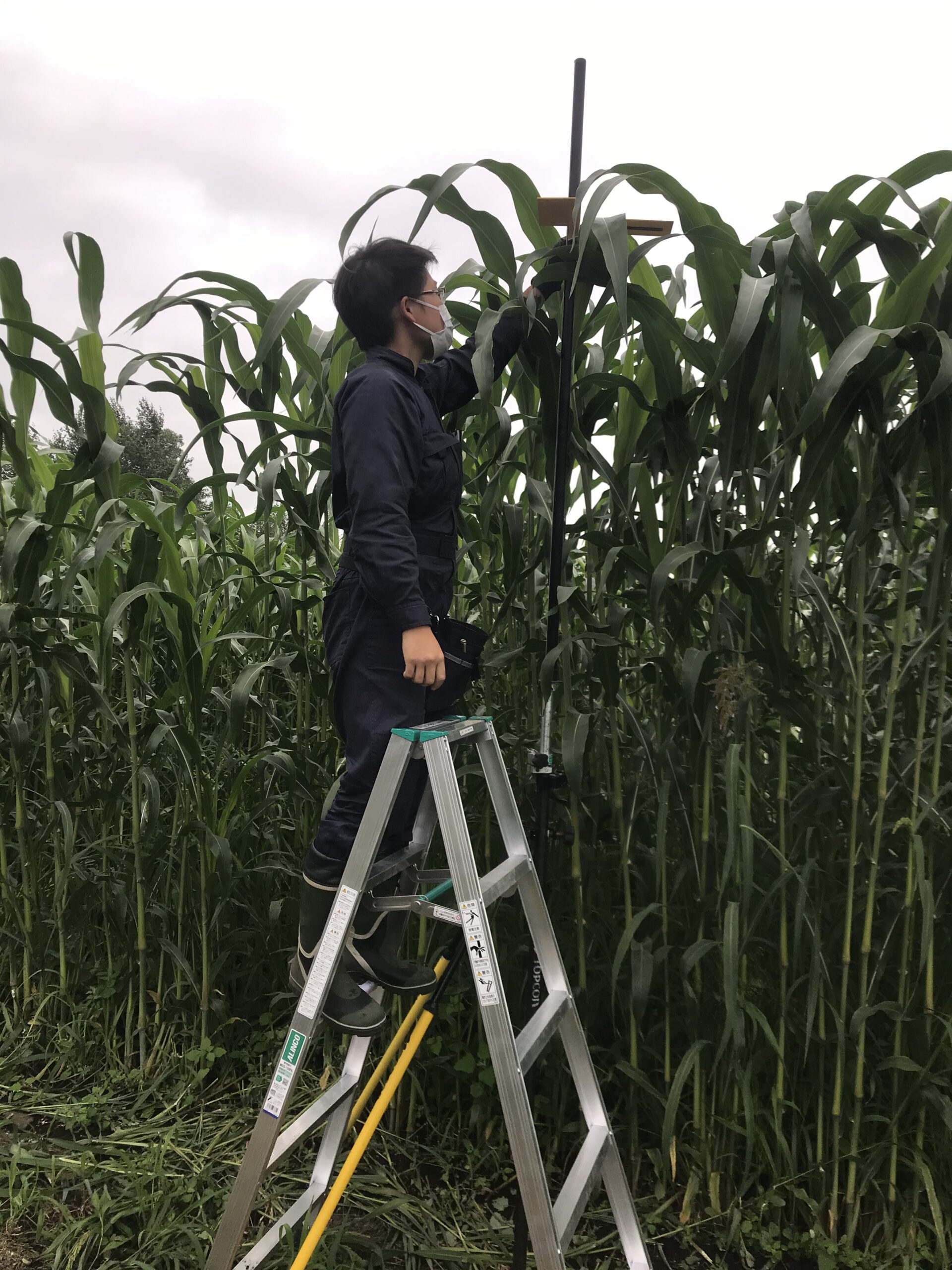
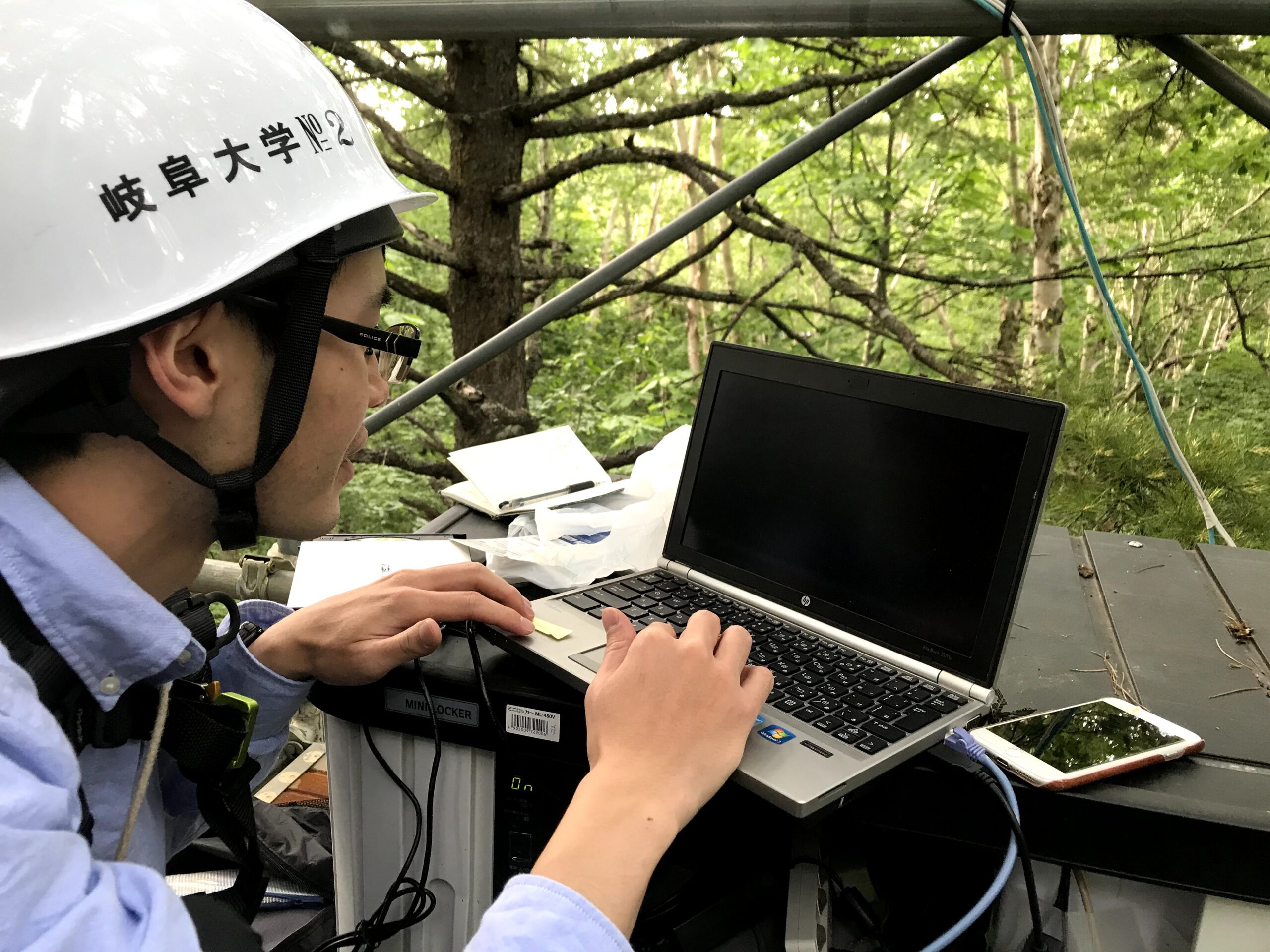
List of current research topics
- Automatic discrimination of frog vocalizations using deep learning
- Distribution range shifts of invasive frogs over long-term citizen data
- Elucidation of the life history of the Siberian salamander
- Reconstruction of national fish distribution from the Edo period to the present
- Estimation of crop phenotypes by drone
- Long-term ground observation of chlorophyll fluorescence
| Related industries | Environmental Science, Environmental Assessment, Agricultural Consulting |
| Affiliated academic society | The Japanese Society of Irrigation, Drainage and Rural Engineering, Ecology and Civil Engineering Society, The Ecological Society of Japan, American Geophysical Union |
| Academic background | 2005-2009 Kyushu Univ. Faculty of Agriculture Bioresource and Bioenvironmental Sciences (Bachelor) 2009-2011 Kyushu Univ. Grad.Shool Bioresource and Bioenvironmental Sciences (Master) 2011-2013 Nippon Koei Co., Ltd. (Hydrologist/Hydraulic Engineer) 2016-2019 Tokyo Univ. Agr. & Tech. United Grad. School of Agricultural Science (Ph.D) 2019-2021 Hokkaido Univ. Research Faculty of Agriculture (Post Doctral Fellow) 2021- the present |



